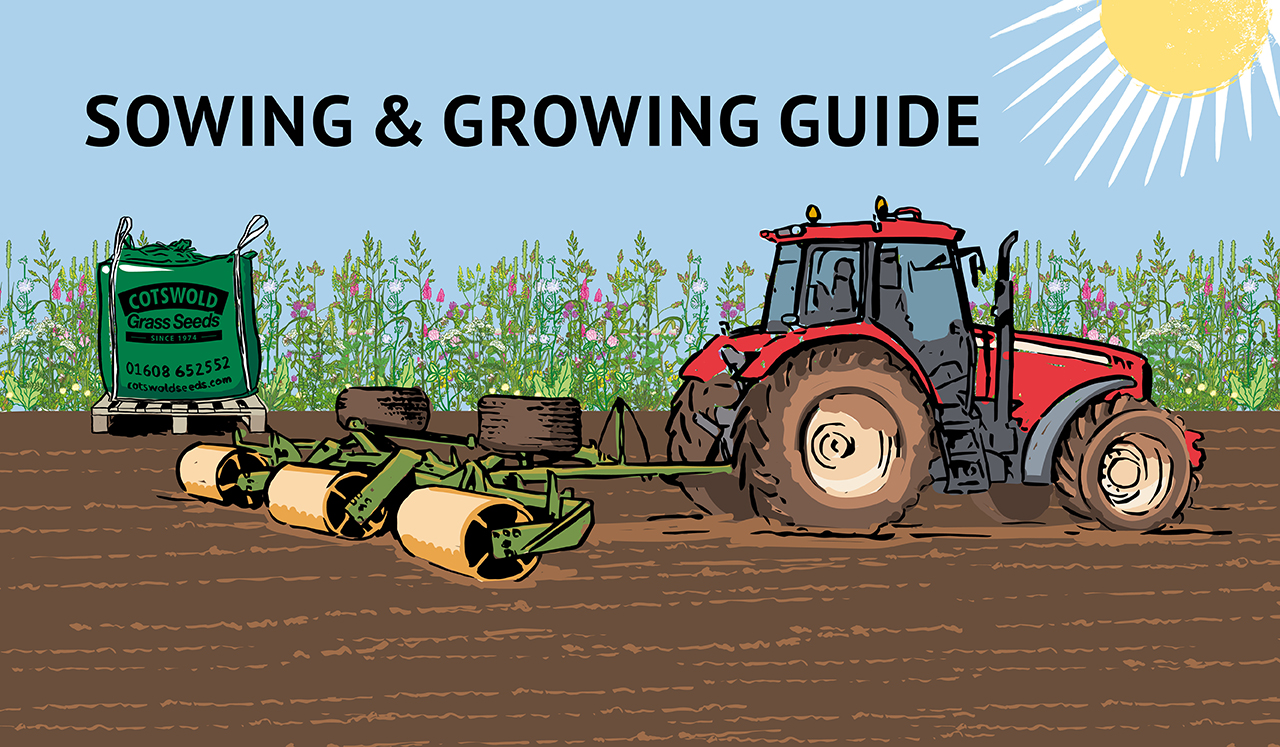

Tufted hairgrass (Deschampsia cespitosa) is a notably tall, tufted perennial. The rich green foliage stays green throughout the winter, providing cover and colour in gardens, when many other species die back.
Tufted hairgrass is frequently found growing on wet, poor draining soils and is most abundant in marshy fields, rough grassland and woodland. On sites where it can grow relatively unrestricted by mowing and is avoided by grazing animals, it forms large tussocks with densely packed leaf shoots. This allows individual plants to dominate the space they grow in.
When to sow: Tufted hairgrass seed can be sown at any time of the year when soil conditions are suitable. Germination is strongest in spring. Initial growth and establishment is quite slow and steady.
Sowing Rates: 5 g/m2 - 20kg per acre - 50kg per ha. Rarely sown as a pure strand.
Preparation: A fine but firm seedbed should be created, care should be taken to remove any weeds from the area. Once sown the area should be lightly raked over to cover the seed and well consolidated with a roller or similar seed to encourage maximum seed to soil contact and conserve moisture. Seedbeds should not be left unconsolidated and if you leave a footprint on a newly sown area it should be rolled again.
Sowing: The seed should be broadcast or drilled no deeper than 10mm, sowing too deeply can reduce the germination and establishment dramatically
Management: Allowing tufted hairgrass to grow without management leads to the formation of large, coarse tussocks which can be difficult to mow or cut and may dominate over time. However it can be useful to create a ‘wildlife’ habitat on more rugged sites or in woodland plantings.
Date Posted: 14th February 2023



